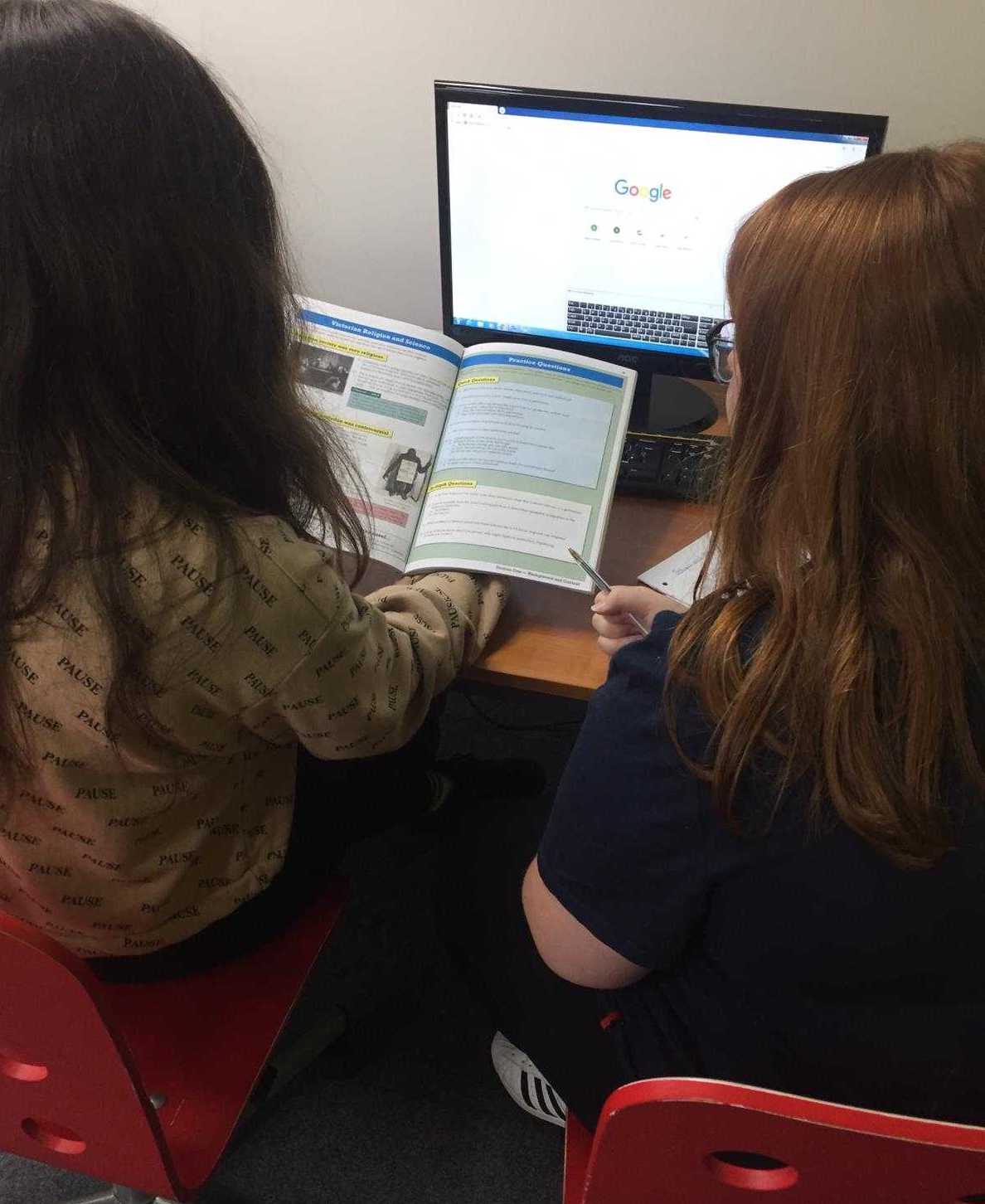Adjusting from primary to secondary school

Starting secondary school is a milestone in every child’s life. It signifies the path into adolescence and taking on more responsibilities. Adjusting from primary to secondary school can be daunting, as there are many large changes that a child undergoes. For example, they go from being the oldest to the youngest year group in school.
The major changes that children will adjust to are:
-
Larger classes
Secondary schools usually accommodate many more students than primary schools do. The average secondary school has 948 students, and primary schools 281. Therefore, the class sizes in secondary schools tend to be larger. Additionally, there are multiple, subject-specific teachers in secondary school. This can be daunting for new Year 7 students who are used to one teacher for every subject, especially those coming from smaller schools.
-
New Students
While there may be some familiar faces, there are hundreds of new students joining secondary school who will be unfamiliar. Making friends may be intimidating at first, with different students in every class, unlike primary school with one class throughout the whole time at school. Once students settle in and adapt to the changes, making friends should become easier.
-
Syllabus
The subjects will now become harder, moving up from Key Stage 2 to Key Stage 3. There will be more content, as well as tests and mocks to revise for. The reading and homework will also be more demanding.
-
Structure
Secondary school requires organisation in order to meet deadlines, therefore students will learn to be more independent when adapting to this change. Students will have multiple books and textbooks for each subject, and will need to pack their school bag daily for the following day.
How can students successfully adapt to these changes?
-
Organisation
In order to make the transition smooth, being organised is vital. This includes packing a school bag the night before, knowing key academic dates and staying on top of the work load.
-
Routine
Establishing a daily routine will allow students to structure their day, as well as gain time management skills. Setting a time for completing homework, a time for bed and a time for relaxation, will make staying on top of everything stress-free.
-
Planning ahead:
There will be many important dates to remember, so why not purchase a planner or calendar to ensure they are all recorded and not forgotten? Alternatively, make a poster or timetable and display it somewhere visible, like the kitchen or bedroom.
-
Stay up-to-date
The new academic year is a fresh start, so stay on top of the workload early on, to avoid falling behind. Do homework as soon as it is set, and complete additional learning exercises if possible! This will reduce stress and improve organisation.
-
Teachers and classmates
Get to know teachers and classmates in each subject. If additional help in certain areas is needed, it may be useful to find a study buddy to complete work with, or ask the teacher support. Sometimes teachers run after-school clubs in their subject areas, so find out the times and dates to attend, for that extra boost.
-
After-school tuition
If adjusting to the new secondary school workload is proving challenging, consider attending after-school tuition to stay on top and excel in school. StudyBox Tuition provides personalised lessons to students in maths, English and science, helping with confidence and tough subject areas.
